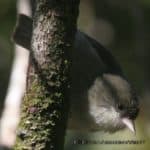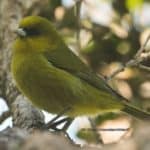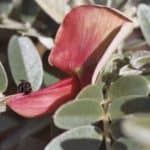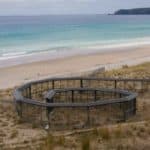
Two bird species endemic to Kauai, the `Akikiki or Kaua`i Creeper and the `Akeke`e or Kaua`i `Akepa were recently listed as endangered by the U.S. Fish and Wildlife Service. To see a press release and the final listing rule, go to http://www.fws.gov/pacificislands/kauai48species.html.
Eric petitioned the Service to list these species in October 2007, and he enlisted aid of the American Bird Conservancy to help promote the petition and the plight of these imperiled birds. A copy of the petition can be found on the Pacific Rim Conservation website, under Publications and Reports, number 53.

The `Akikiki and `Akeke`e were listed as part of a package that included 48 species on Kaua`i. The Service took a while to finalize the listing, longer than legally allowed, but it is good to finally see them get appropriate legal protection.
However, simply listing these species as endangered will not lead to their recovery. Conserving these species will require long-term commitments to protecting their habitat from invasive alien plants and animals, and further investigating the causes of their decline.
..


